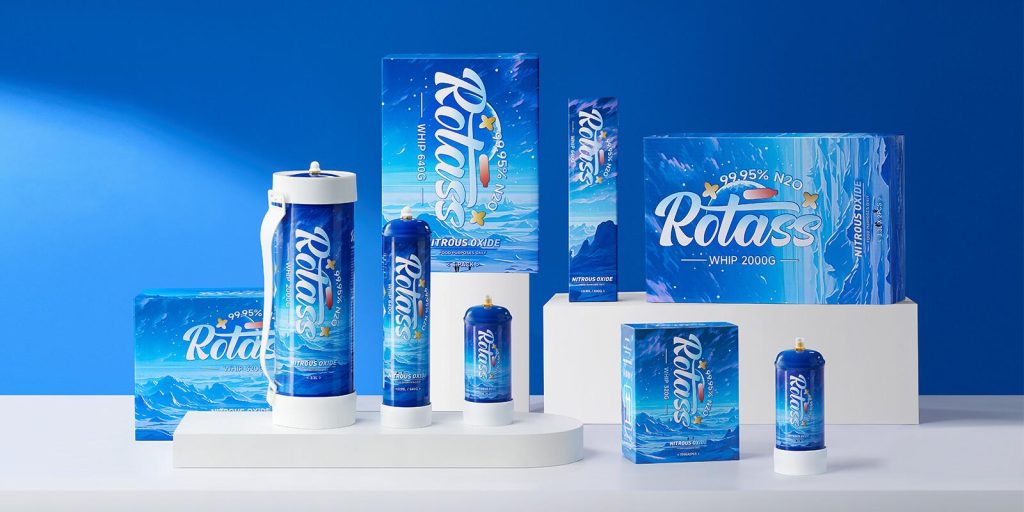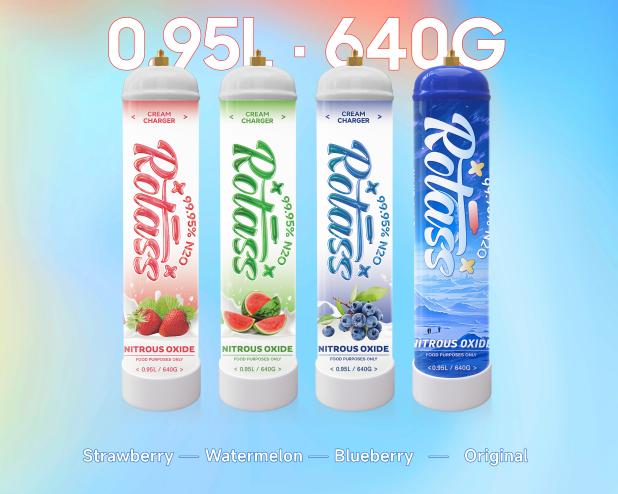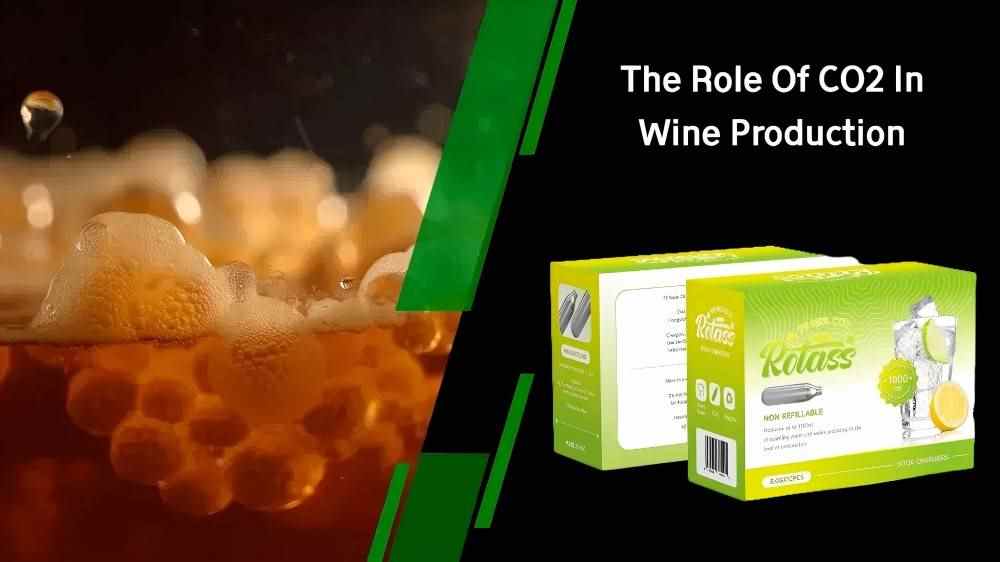2024 / 07 / 29
Nitrous Oxide Canisters: Diverse Uses Beyond Whipped Cream
Nitrous oxide canisters, also known as whipped cream chargers or N2O canisters, hold a colorless gas with a surprising range of applications. Chemically represented as N2O, nitrous oxide offers unique properties that make it valuable in various sectors, from healthcare to food production and even aerospace. This article explores the diverse uses of nitrous oxide canisters, delving into their specific functions and the science behind their effectiveness.

Diverse Applications of Nitrous Oxide Canisters
The familiar application of nitrous oxide canisters in creating fluffy whipped cream showcases just one facet of their utility. Let’s explore some key areas where these canisters play a significant role:
- Medical Applications: In the medical field, nitrous oxide finds use as a mild anesthetic and analgesic. During dental procedures, for instance, nitrous oxide, often mixed with oxygen, induces a state of relaxation and reduces pain perception for patients. Similarly, it can be used in some minor surgeries to alleviate discomfort.
- Food Industry Applications: The food industry makes extensive use of nitrous oxide canisters. Here’s a breakdown of their specific functions:
(1)Whipped Cream Production: The most well-known application of nitrous oxide canisters is in creating whipped cream. When the gas is released into a canister containing cream and pressurized, it dissolves into the fat molecules, causing rapid expansion and creating the light and airy texture of whipped cream.
(2)Food Propellant: Nitrous oxide acts as a propellant in various food applications. In pressurized dispensers for frosting, batters, or even certain beverages, nitrous oxide provides the force to propel the contents out of the container.
(3)Rapid Freezing: The rapid expansion and heat absorption properties of nitrous oxide make it an effective refrigerant for quick freezing of food items. This technique minimizes the formation of large ice crystals, which can damage food texture, and helps preserve the quality, freshness, and nutritional value of frozen foods.
(4)Fermentation and Maturation Acceleration: In controlled settings, nitrous oxide can influence the fermentation and maturation processes in certain food products. While the exact mechanisms are still being explored, it’s believed that nitrous oxide may impact the activity of microbes and enzymes involved in these processes, potentially leading to faster fermentation and maturation times.
(5)Sterilization: The rapid freezing capabilities of nitrous oxide can be utilized for the sterilization of some food items. The low temperatures achieved during this process effectively eliminate microorganisms, enhancing food safety and extending shelf life.
(6)Food Coloring and Flavoring: Nitrous oxide’s solubility in fats and oils allows it to play a role in food coloring and flavoring processes. It can influence the oxidation-reduction potential within food during processing and storage, potentially impacting the development of color and flavor profiles.
(7)Extraction and Diffusion: Nitrous oxide can act as a diffusion medium in certain food extraction processes. Due to its gas-like properties, it can facilitate the rapid diffusion and extraction of volatile flavor and aroma compounds from food ingredients.
(8)Fermentation Culture Improvement: In some cases, the addition of controlled amounts of nitrous oxide to fermentation cultures can enhance the permeability of microbial cell membranes. This improved permeability may allow for better nutrient uptake and increased metabolic activity, potentially leading to higher yields and improved quality of fermented products.
- Racing and Automotive Performance Enhancement: In the world of motorsports, nitrous oxide injection systems are sometimes employed to boost engine performance. Nitrous oxide decomposes at high temperatures into nitrogen and oxygen, increasing the overall oxygen content within the engine’s combustion chamber. This leads to a temporary increase in burning efficiency and power output.
- Recreational Use (Disclaimer): It’s important to note that nitrous oxide is sometimes misused as a recreational inhalant. This practice can be dangerous and lead to serious health risks, including hypoxia (oxygen deprivation), nerve damage, and even death. We strongly advise against the recreational use of nitrous oxide.
- Rocket Propellant: Nitrous oxide serves as an oxidizer in some rocket propellants. During combustion, it decomposes, providing the necessary oxygen to support the burning of fuel and propel the rocket.
- Laboratory Research: In scientific research settings, nitrous oxide can be used as a reaction test agent or to simulate the low-pressure environment encountered in space exploration.
- Firefighting Systems: Some fire suppression systems explore the potential of nitrous oxide as a fire extinguishing agent. Its rapid expansion and cooling properties make it potentially useful in situations where fast action and a clean extinguishing agent are desired.

The Science Behind Nitrous Oxide’s Functionality in the Food Industry
The unique properties of nitrous oxide make it a valuable tool in various food processing applications. Let’s delve deeper into the science behind two specific examples:
1. Rapid Freezing with Nitrous Oxide
Nitrous oxide’s effectiveness in rapid freezing stems from its thermodynamic properties. At room temperature, nitrous oxide exists as a gas. However, under pressure, it can be liquefied. When the pressure is released, the liquid nitrous oxide rapidly expands and vaporizes, absorbing a significant amount of heat in the process. This heat absorption property allows nitrous oxide to act as a highly efficient refrigerant.
In the context of food freezing, nitrous oxide canisters are used in specialized equipment that rapidly chills food items. The released gas absorbs heat from the food surface and interior, causing a swift drop in temperature. This rapid freezing technique offers several advantages:
- Minimized Ice Crystal Formation: Traditional freezing methods can lead to the formation of large ice crystals within food cells. These large crystals can damage the cell structure, negatively affecting the texture and quality of the food upon thawing. Rapid freezing with nitrous oxide helps prevent this by promoting the formation of smaller ice crystals. Smaller ice crystals cause minimal cellular damage, resulting in better-preserved texture and overall food quality.
- Preserved Freshness and Nutritional Value: Rapid freezing helps retain the freshness and nutritional value of frozen food items. By minimizing cellular damage and reducing the time food spends in the “danger zone” (temperatures between 40°F and 140°F where bacterial growth accelerates), rapid freezing slows down enzymatic activity and microbial growth. This translates to better-preserved flavor, color, and nutritional content compared to slower freezing methods.
2. Nitrous Oxide in Modified Atmosphere Packaging (MAP)
Another significant application of nitrous oxide in the food industry lies in modified atmosphere packaging (MAP). In MAP, food products are packaged in a controlled atmosphere containing specific gas mixtures to extend shelf life and preserve quality. Nitrous oxide, often used in combination with carbon dioxide (CO₂) and oxygen (O₂), plays a crucial role in this process:
- Displacement of Oxygen: Nitrous oxide acts as an inert gas, displacing oxygen within the packaging. This oxygen reduction hinders the growth of aerobic bacteria, which require oxygen to survive and multiply. By limiting oxygen availability, nitrous oxide helps slow down spoilage caused by these microorganisms.
- Inhibition of Microbial Growth: The combined effect of reduced oxygen and the mild bacteriostatic properties of nitrous oxide further inhibits the growth of various foodborne pathogens. This extends the shelf life of perishable food items.
- Preservation of Food Texture: The inert nature of nitrous oxide helps maintain the texture of food products by preventing oxidation, a process that can lead to discoloration, rancidity, and changes in texture.
Safety Considerations for Using N2O Canisters
While nitrous oxide offers a range of benefits in various industries, it’s crucial to handle these canisters with proper safety precautions. Here are some key considerations:
- Storage and Handling: N2O canisters should be stored in a cool, dry place away from direct sunlight and heat sources. Improper storage can lead to pressurization and potential canister rupture. It’s essential to handle canisters with care and avoid puncturing or damaging them.
- Food-Grade Nitrous Oxide: When using nitrous oxide in food applications, ensure you’re using food-grade canisters specifically intended for food use. These canisters are manufactured and filled according to strict food safety regulations.
- Proper Equipment and Training: Utilizing nitrous oxide canisters in food processing often requires specialized equipment. Ensure personnel using these canisters receive proper training on safe handling procedures and equipment operation.

Conclusion
N2O canisters, often associated with fluffy whipped cream, hold a surprising depth of functionality across various industries. From their use as medical anesthetics to their role in rapid food freezing and modified atmosphere packaging, nitrous oxide’s unique properties make it a valuable tool. Understanding the science behind these applications allows for the responsible and effective use of N2O canisters for diverse purposes. However, it’s vital to prioritize safety by adhering to proper handling and storage guidelines, especially when it comes to food processing applications. As regulations evolve and research continues, nitrous oxide canisters are likely to find even more innovative applications in the future.










